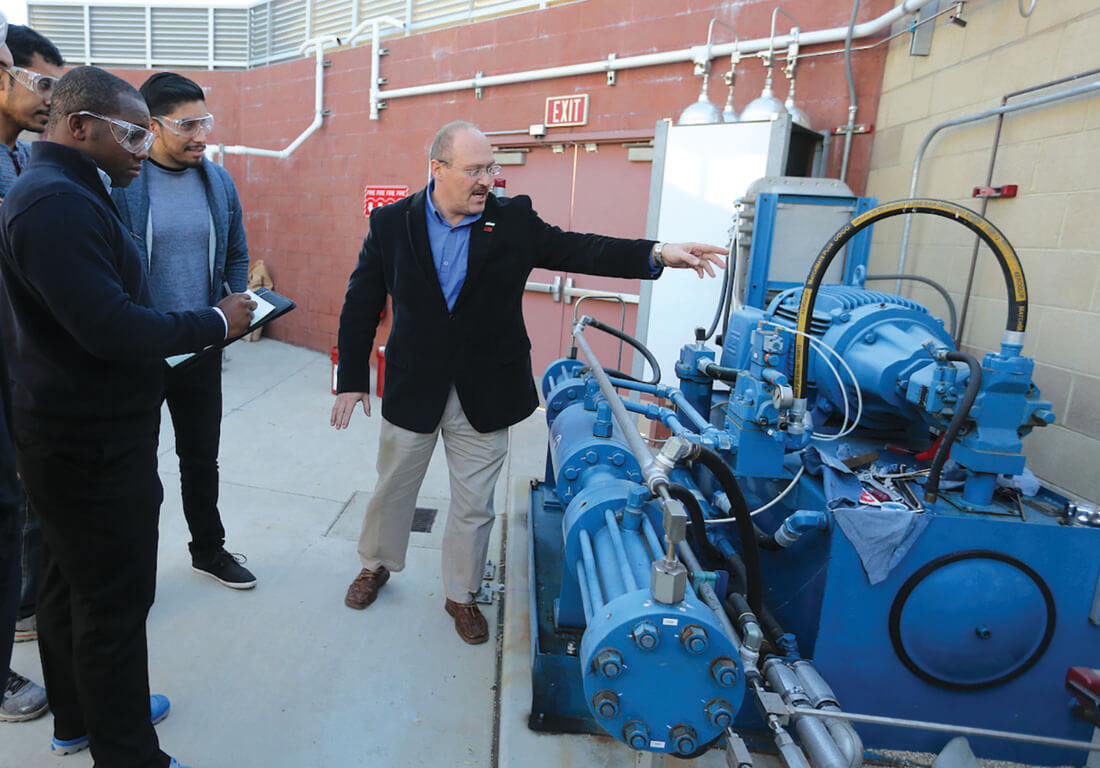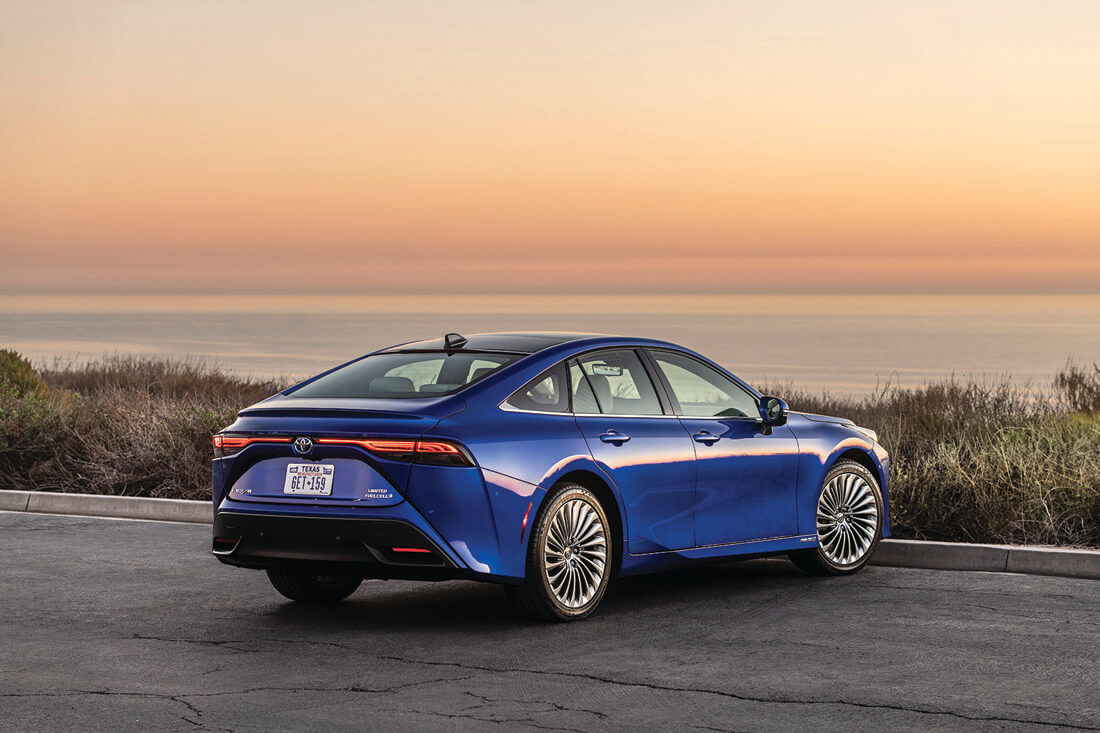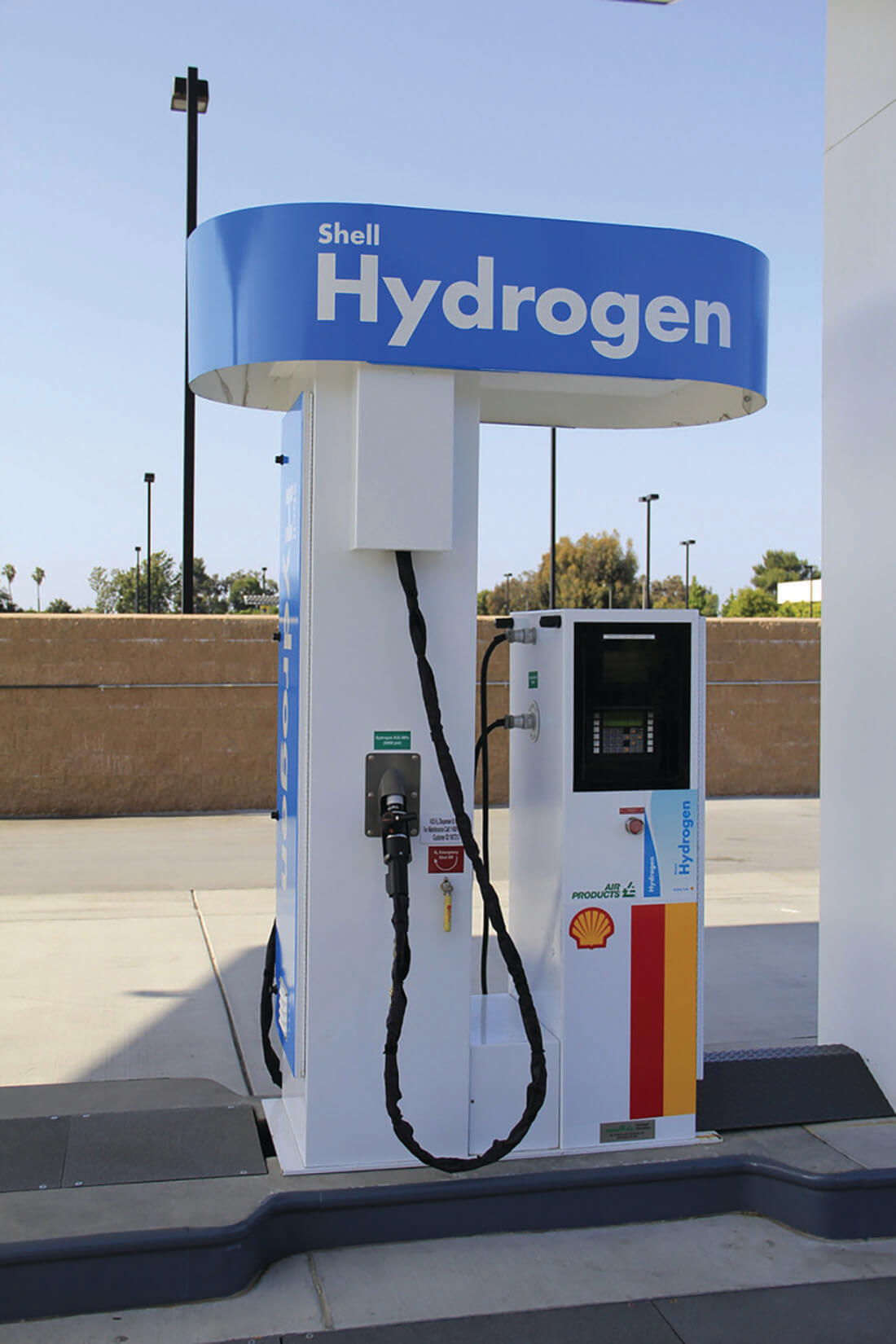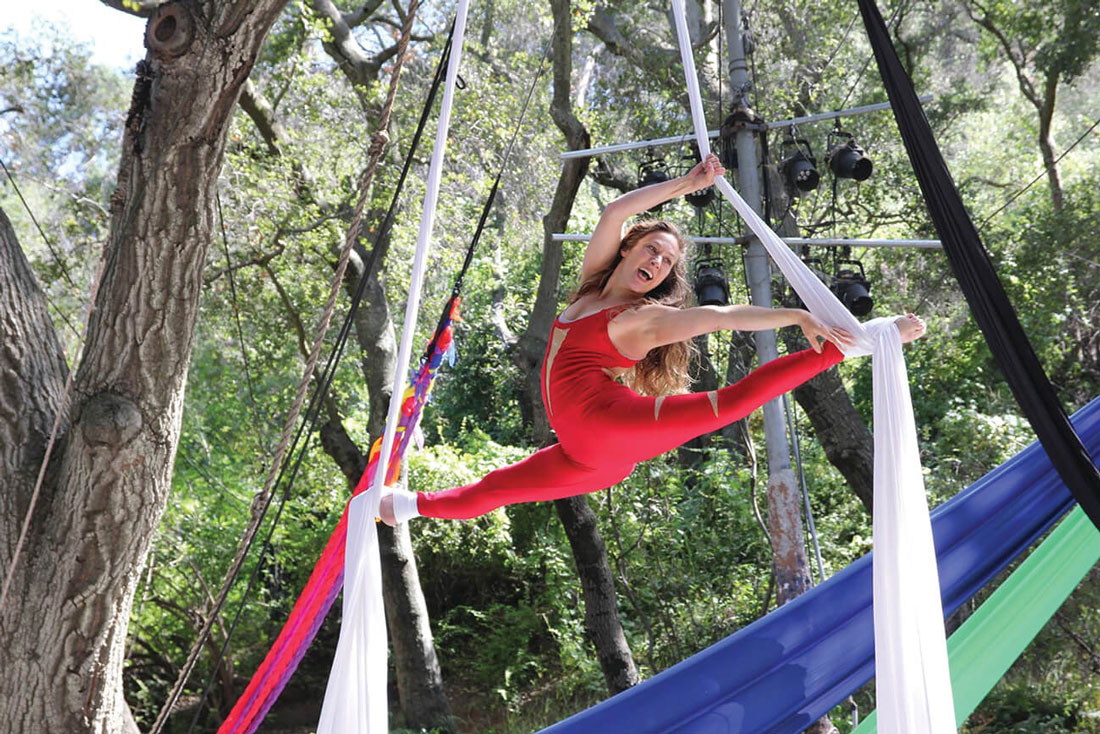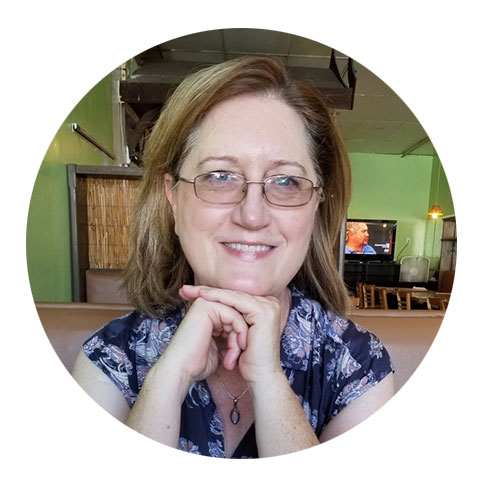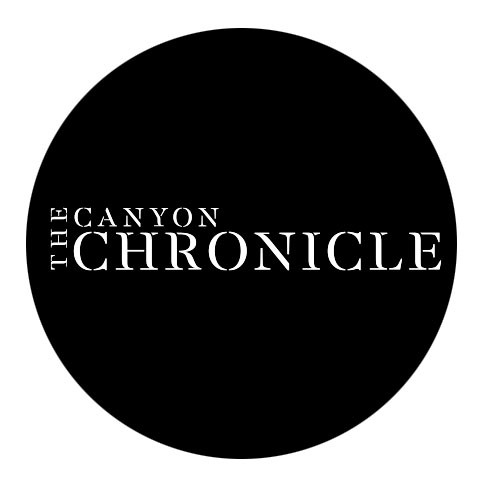California’s Dream of a Carbon Neutral Future
The California dream of achieving 100 percent carbon-free electricity and economy-wide carbon neutrality by 2045 might be on its way to becoming a reality.
It should come as no surprise to anyone who drives the LA freeways that transportation is the biggest contributor of greenhouse gas emissions in California, according to the California Energy Commission. Tackling the vehicle emission problem would go a long way toward helping California reach its clean energy goals. But developing the hydrogen market hasn’t been easy.
California’s adoption of hydrogen as a viable fuel source relies on the development of “the four market pillars”—vehicles, infrastructure, end users, and workforce—according to a report from the Governor’s Office of Business and Economic Development. To date, simultaneously erecting the four industry essentials has presented significant hurdles that California has been unable to overcome, at least until now.
Some of the challenges
Currently, most of the hydrogen being produced is not green. Today’s gray hydrogen is produced from fossil fuels, and its impact on the environment is negative. Next comes blue hydrogen, which is made using the same process as gray hydrogen. The difference has to do with how the leftover carbon is managed. The carbon from blue hydrogen is captured and stored before it is able to escape into the environment, making it a more eco-friendly option. The problem with this production method has been the cost and logistics of storage.
Finally, there is green hydrogen which is produced using electrolysis. This is the form of hydrogen that California needs in large enough quantities that it can take its place as a dominant energy source. To get the green form, hydrogen and oxygen are separated by applying an electrical current to water. Wind and solar power generate the electricity. The challenge with this plan is the high cost of the machines that perform the molecular separation and the limited supply of wind and solar energy.
This leaves us with a chicken-and-egg situation. To produce green hydrogen, we need to develop the infrastructure. But investors have been hesitant to pour money into the infrastructure because the market for the product hasn’t been there. Of course, the market hasn’t emerged because the energy isn’t available.
Yet another chicken and its accompanying egg explain why hydrogen-fueled cars have been so slow to hit the roadways. Consider that in 2019 there were approximately 8,269 retail gas stations and 5,095 public electric vehicle-charging stations in California. There are 42 hydrogen fueling stations in the state and only 44 in the entire country. This is a big reason for slow consumer interest in hydrogen-powered cars. And once again, the lack of market for the cars has made investing in fueling stations unappealing.
The hurdles between us and a hydrogen-fueled reality are more complicated than outlined here, but these examples give a glimpse of the problem. So what has changed?
The four-pillars solution applied to the problem of vehicle emissions
The solution has always been to simultaneously develop the vehicles, the infrastructure to support them, the end users, and the workforce for the industry. There’s at least some evidence that this miracle of planning might actually be happening through Toyota’s renewed commitment to the Mirai.
Toyota unveiled its hydrogen fueled second-generation Mirai in 2019 and the cars hit the California market in December of 2020. At the same time, the company formed a partnership with Iwatani Corporation to increase the number of fueling stations in Southern California by 25 percent.
Toyota also announced that its new hydrogen-powered Prius and Corolla, as well as a brand new hydrogen-powered plug-in electric hybrid, will launch in 2023. With these ambitious plans to produce zero-emission vehicles, it seems likely the company’s commitment to the infrastructure to support its new models will remain high.
In addition to industry efforts, Governor Newsom, in partnership with the federal government, is working to increase the availability of wind-generated electricity, something needed to increase green hydrogen production and bring down the cost.
The next hurdle to jump in the race to zero emissions is “consumer hesitancy” to buy these cutting-edge vehicles. Based on early reviews, the cars themselves don’t seem to be the problem. Fueling them is. In addition to the low number of fueling stations is the fact that once you find one, you might want to have a book or some knitting handy because the wait for a turn at the pump can be extremely long. And that’s if the station even has hydrogen, which for various reasons has been in short supply. On top of this is the high price of hydrogen fuel which is currently very costly to produce.
To develop the market for their cars, Toyota, Honda, and Hyundai are giving a $15,000 fuel card with each purchase or lease, according to Car and Driver online. The idea is that fuel will be subsidized while the infrastructure needed to bring the cost of fuel down is being developed. In addition to the fuel cards, companies are sweetening the pot by providing free rental cars for up to 21 days for drivers who want to visit outside (relatively) hydrogen-abundant California. On top of these company incentives, the state is offering $4500 in clean vehicle rebate money. And the federal government is giving a tax credit of up to $8000. This multi-pronged incentives approach is meant to create the end users needed to keep car companies producing.
Photo by J. Emilio Flores/Cal State Los Angeles
Professor David Blekhman, Director of the Sustainable Energy and Transportation Program, with Students at CSULA.





